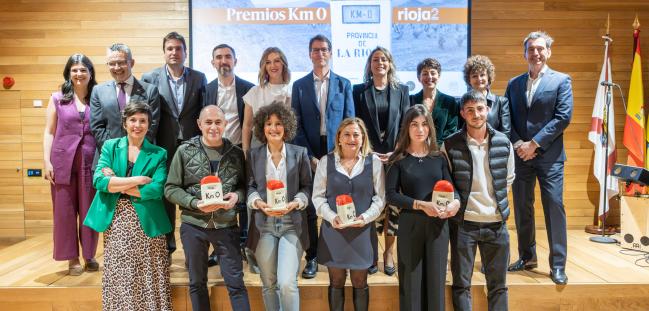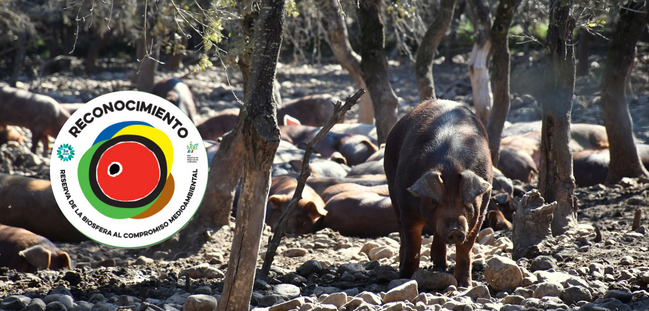The water footprint is an environmental indicator that defines the total volume of fresh water used to produce goods and services produced by a company or consumed by an individual.. Including direct water consumption (water that we see) and indirect consumption (water that we do not see).
It is a necessary variable that tells us how much water it costs to manufacture a product.
This indicator evaluates the acquisition level and impact on the water resources required for the production of goods and/or services throughout their entire production chain (including raw materials).
It is calculated by adding the usage and consumption needs. of each stage of production from origin to final consumer.
It is measured in units of volume (liters or cubic meters) per unit of product manufactured or service consumed and consists of three addends which have been named according to the colors usually assigned to water:
- Green water footprint: It refers to the water that comes directly from rain or snow and is stored in the soil in the superficial layers within reach of plants.
- Blue water footprint: refers to water that comes from natural or artificial (man-made) sources.
- Gray water footprint: It refers to water contaminated in the processes and which subsequently needs to be diluted to comply with the parameters required for its discharge.
The water footprint is about becoming aware of the water resources used in order to assess their consumption and thus establish objectives to achieve efficient water management.
Saving water at all levels is necessary to reduce our water footprint and the impact it has on the planet.
And did you know this concept? Do you take measures to reduce it?















